Ilankai Tamil Sangam30th Year on the Web Association of Tamils of Sri Lanka in the USA |
|||
 Home Home Archives Archives |
Prabhakaran’s Tigers and Mandela’s SpearsPart 2by Sachi Sri Kantha, December 12, 2011
CIA as a dark network There are many institutions in America that Americans can be proud of. But, the Central Intelligence Agency (CIA) is not one of them. Its deeds insult American decency and openness. For decades, CIA’s deeds had served as good fodder for more than one political cartoonist. As sample, I offer two such cartoons in my collection. In defining what is a ‘dark network’, Rene Bakker and colleagues (2011) provide the following description.
CIA’s deeds in other countries around the world lack visibility and legality. Don Wright’s 1983 cartoon about Nicaragua, illustrates humorously what CIA misses out on the visibility front. Ranan Lurie’s 1994 cartoon also depict the legality factor of what CIA boasts about and how American people feel so uncomfortable about it. Those partisans who argue that CIA’s deeds are regular and acceptable under law, should answer, why CIA fails to honor the names of its fallen officers openly, rather than hiding them under engraved stars, in its memorial slab at the main lobby of its headquarters? In this act alone, CIA fails the visibility and legality tests. The scans I have are from two authentic books on CIA, published in 1986 and 1992. The 1986 book has 47 stars. The 1992 book has 53 stars. One is not sure, whether these stars are for individuals, or composites representing many heads. As I have not visited the CIA headquarters, I’m not sure what is the current star count in the CIA memorial slab, as of December 2011. During the past 10 years alone (since the Al Queda attack in New York on September 11, 2001), the fallen CIA officers may have exceeded a dozen or more. I mention these facts to show that it would be prudent for Rene Bakker and colleagues to include CIA as a ‘control’ dark network, in expanding their theory on the functioning of MK and LTTE.
Rene Bakker et al. in their paper included a sentence “The Tamil Tigers engaged in drug trafficking as well (Felbab-Brown, 2010, pp. 188-189).” The cited reference is that to a book of an assistant professor, Vanda Felbab-Brown from Georgetown University. I sent the following email to Vanda on December 2nd.
As of now, I have not heard from her. But, I did check her curriculum vitae posted in the internet and she had listed her language fluency as “fluent in Czech, competent in French and German, reading knowledge in Spanish.” That answers, my first question, that Vanda Felbab-Brown is not fluent in Tamil! It would help Rene Bakker and colleagues, if they bother to study CIA’s record on drug trafficking. For a sampler, I provide a scan of a Washington Post news report that appeared in 1993. Then, there is this 1991 paper by Jonathan Marshall of San Francisco Chronicle, entitled “CIA assets and the rise of the Guadalajara connection”, published in the Crime Law and Social Change journal. If LTTE had indulged in drug trafficking (which I doubt), then they are in good company with CIA! Former Panamanian dictator, General Manuel Noreiga (who himself was a CIA asset) would be more than happy to reveal the secrets of CIA’s games in drug trafficking.
Spears and Tigers: The Differences In comparing Mandela’s Spears and Prabhakaran’s Tigers, Rene Bakker and colleagues make the fundamental error in comparing apples and oranges. The important one is as follows: In July 2008, the population of South Africa was 43.786 million. The chief ethnic groups were: Black (79%), Whites (9.6%), Indian (2.6%) and Others (8.6%). In July 2008, the population of Sri Lanka was 21.128 million. The chief ethnic groups were: Sinhalese (74%), Tamils (18%), Muslims (7%) and Others (1%). Whereas, in South Africa, Blacks were in the majority, in Sri Lanka, Tamils were in a minority. Within the boundaries, drawn by the British colonialists, South African Blacks led by Mandela were able to earn external legitimacy, by being in a majority. But, this couldn’t work for Prabhakaran’s Tigers, as the arbiters of colonialism (especially British) did not want to accept what they did in the 19th century - tampering of the ethnic boundaries - was wrong. Secondly, Prabhakaran’s Tigers were unlucky in that Eelam lacks natural resources, compared to that of Mandela’s South Africa (mining industry of gold, platinum and chromium). The natural resources alone provided external legitimacy for Mandela’s demand. Thirdly, again Prabhakaran’s Tigers were unlucky in not having Jews in their team. Mandela was lucky to have notable liberal Jews (sons and daughters of immigrant Jews from Europe) supporting his cause. Not being Black, they stood out prominently when it came to courting Uncle Sam’s support among the corridors of power. Fourthly, check the age at which Mandela and Prabhakaran established their ‘dark networks’. In 1961, Mandela was 43. In 1976, Prabhakaran was 22. Mandela was caught within months of establishing his Umkhonto we Sizwe group and was inside prison. Prabhakaran was held in detention for a short time in Tamil Nadu (1982), when he was only 28. After that, he was elusive for capture and daringly stood out for 27 years, despite many intelligence services (Sri Lankan, Indian, Pakistani and Israeli) aiming for his scalp. Martin Meredith, one of Mandela’s biographers had written that Mandela’s career as an insurgent in the field lasted only for five weeks! Fifthly, according to Rene Bakker et al. MK was “unbanned” in 1990, after Mandela’s release from the prison. But, Tamil Tigers’ activity continued for another 19 years. One should note that advances in military science didn’t come to a standstill in 1990. Global Positioning System (GPS) came into use widely during the first Gulf War in 1991. GPS reached its initial operational capability in 1993. The resilience of Tamil Tigers was blunted by this new advance in military warfare. That they lasted for another 15-16 years, without the ability to use GPS, while their adversary had the advantages of using GPS against them was a miracle. Half-baked analyses written by naïve defence analysts like Dayan Jayatilleka extols the bravura of insurgent armies of Mao Zedong (in 1930s and 1940s) and Che Guevara (during the 1960s), and belittles Prabhakaran’s Tigers. But, these analysts fail to recognize that during Mao and Che’s times, there was no GPS. I have no hesitation to say that Tamil Tigers were doomed by the GPS warfare.
In his autobiography Long Walk to Freedom (1994), Mandela was diplomatic in muting CIA’s role in his capture. As such, I provide five paragraphs from Martin Meredith’s biography, describing this issue.
CIA and Tamil Tigers It is beyond belief that CIA was not interested in Tamil Tigers. Here are some facts from Ronald Kessler (1992).
Two particular events indicate that CIA was involved in the Sri Lankan civil war. First, the honey-trapping incidence of RAW’s agent K.V. Unnikrishnan in 1980s. Second, the high-octane eulogy delivered by then President Bill Clinton and his wife Hillary Clinton, on the death of Neelan Tiruchelvam in 1999, assassinated by LTTE for being an informer. Many Eelam Tamils believe that even the 2004 split in LTTE was induced and facilitated by CIA’s local conduits such as the slimy politico Milinda Moragoda, by having Col. Karuna trapped with trickery. A Wikipedia entry on this Moragoda, which I just checked [Dec.12, 2011], provide the following details:
If memory serves, during the 2004 General Election, Moragoda (then with the United National Party) claimed that they split the LTTE. If you fill in the dots now, with the cables sent by the then US ambassador to Sri Lanka, Ashley Wills (released by Wikileaks), the hanky-panky job of CIA’s local conduits becomes crystal clear. Now, Moragoda has switched sides, and serves as a ‘senior advisor’ to President Rajapaksa. Rene Bakker et al. reporting on Col. Karuna’s desertion from LTTE, had described the following:
The source for this information was noted as “R. Gunaratna (pers.comm., December 13, 2010) in The Hague, The Netherlands.” Obviously, this was erroneous propaganda of CIA’s conduits – bloating the number who sided with Karuna in 2004. Karuna’s ranks were so depleted that he couldn’t even maintain an identity as a rival Tamil militant group, let alone competing with Prabhakaran’s LTTE. That particular year (in November 2004) Karuna delivered a ‘Maaveerar address’ to rival Prabhakaran. It was a show, stage-managed by India’s RAW skunks . Next year in November 2005, Karuna had to prostrate himself to President Rajapakasa and joined the SLFP to protect his political career. The question Rene Bakker and his colleagues have to answer now is “what happened to that 6,000 of the LTTE’s best troops?” Coda In sum, it would be helpful if Rene Bakker and colleagues re-format their theory of dark network resilience, using CIA as one of their optimal controls, and investigate in depth, CIA’s links with MK and LTTE. I doubt that they will do this. Cited Sources Bakker, R.M., Raab, J and Brinton Milward H: A preliminary theory of dark network resilience. Journal of Policy Analysis and Management, 2011, DOI: 10.1002/pam.20619 (30 pages). Kessler, R: Inside the CIA, Pocket Books, New York, 1992, 358 pp. Marshall, J: CIA assets and the rise of the Guadalajara connection. Crime, Law and Social Change, 1991; 16: 85-96. Meredith, M: Nelson Mandela – a biography, Penguin Books, London, 1997, pp.220-221. Quirk, J.P., Phillis, D.A., Cline, R. and Pforzheimer, W. The Central Intelligence Agency: A photographic History, Foreign Intelligence Press, Guilford, Connecticut, 1986, 256 pp. ***** |
||
|
|||
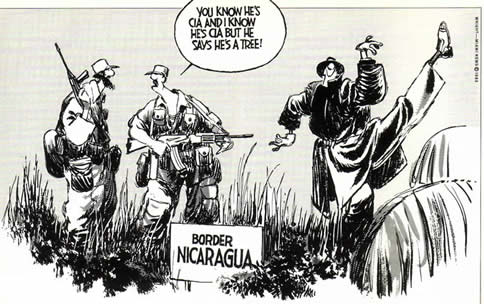
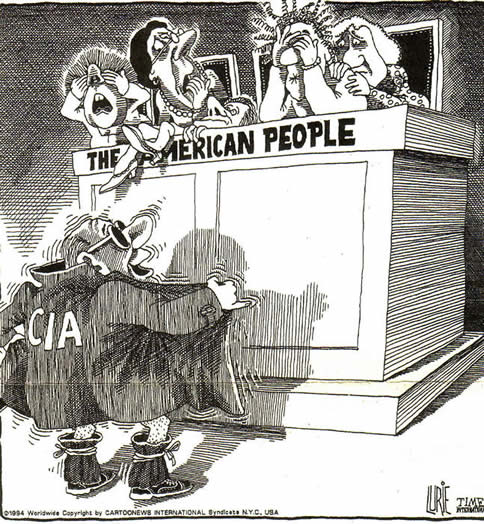
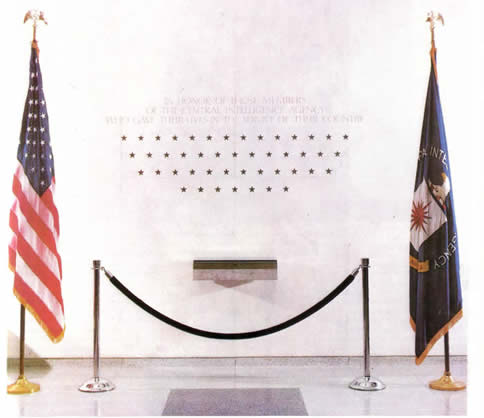 Drug Trafficking
Drug Trafficking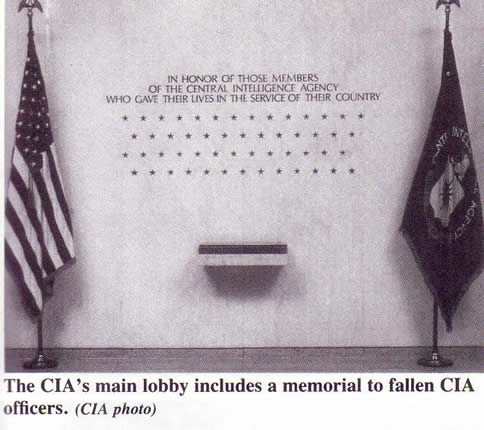
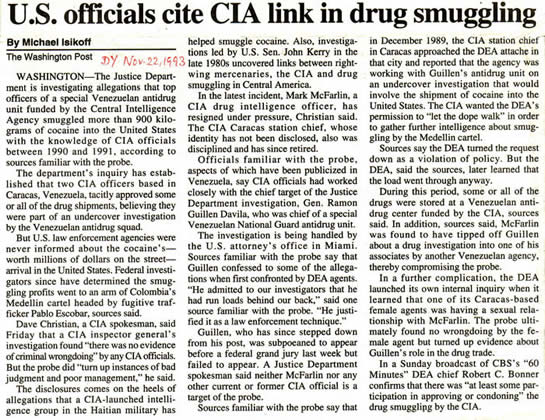 The role of CIA in Mandela’s Capture
The role of CIA in Mandela’s Capture